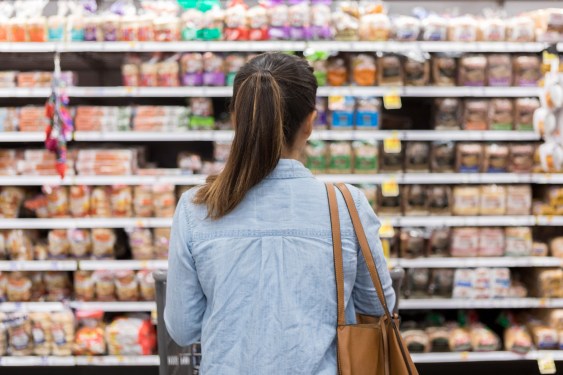The Alarming Statistics
According to Onesource, grocery stores in the U.S. toss 10% of the roughly 44 billion pounds of food that the country produces annually. This staggering statistic not only has devastating environmental consequences but also results in significant financial losses for grocers.
Food Waste: A Major Source of Carbon Emissions
Food waste is a major source of carbon emissions, with an estimated 8% of global greenhouse gas emissions attributed to food production, processing, transportation, and storage. The production, processing, transportation, and storage of food account for approximately 26% of the world’s total energy consumption and around 70% of the world’s fresh water usage.
The Human Cost: Inadequate Inventory Availability
Per Retail Insights, food and grocery retailers lose up to 8% of revenues through inadequate inventory availability. This issue is exacerbated by factors such as extreme weather events, inflationary pressures, and increases in labor costs, which threaten grocers’ margins.
The Entrepreneurial Spirit: Tackling the Problem with Tech
Inspired by their own experiences at a local supermarket, entrepreneurs Euro Wang and Jack Solomon co-founded Guac, a platform that uses AI to predict how many items grocers will sell on a per-item basis each day at a given store location. With Guac’s innovative approach, retailers can optimize their inventory management, reduce waste, and minimize losses.
A Closer Look at Guac
Guac’s founders met while studying at Oxford University, where they honed their skills in AI and logistics. Wang worked at Boston Consulting Group, while Solomon researched AI for grocery logistics. Together, they built a team of engineers who developed custom algorithms that anticipate order quantities for grocery items, taking into account variables like weather, sporting events, betting odds, and even Spotify listening data.
Guac’s Unique Approach
Traditionally, forecasting is done using Excel formulas or simple regression models. However, Guac’s machine learning model is more sophisticated, allowing it to identify which real-world variables cause changes in demand. This level of precision enables retailers to make informed decisions about their inventory management and minimize waste.
Competitors in the Food Demand Forecasting Space
While Guac is not the only startup tackling food demand forecasting, its dedication to innovation and customer satisfaction sets it apart from competitors. Other companies, such as Roborock’s Roomba competitor with a robot arm, are also working towards creating efficient solutions for retailers.
Conclusion
Poor grocery demand forecasting has severe consequences for both the environment and businesses. Guac’s innovative approach to addressing this issue is a beacon of hope for retailers looking to optimize their inventory management and reduce waste. As technology continues to evolve, it will be exciting to see how companies like Guac adapt and improve their solutions to meet the changing needs of the industry.
Recommendations
- Invest in data-driven decision-making: Retailers should prioritize investing in data analysis tools and platforms that enable them to make informed decisions about inventory management.
- Develop a comprehensive forecasting strategy: Businesses should consider implementing a multi-faceted approach to forecasting, incorporating both qualitative and quantitative methods to account for various factors.
- Stay up-to-date with industry trends: Retailers should stay informed about the latest advancements in AI, machine learning, and related technologies to remain competitive.
About the Author
Kyle Wiggers is a senior reporter at TechCrunch, covering topics such as artificial intelligence, machine learning, and related innovations. With his expertise in technology and business, he provides valuable insights into the world of tech startups.

